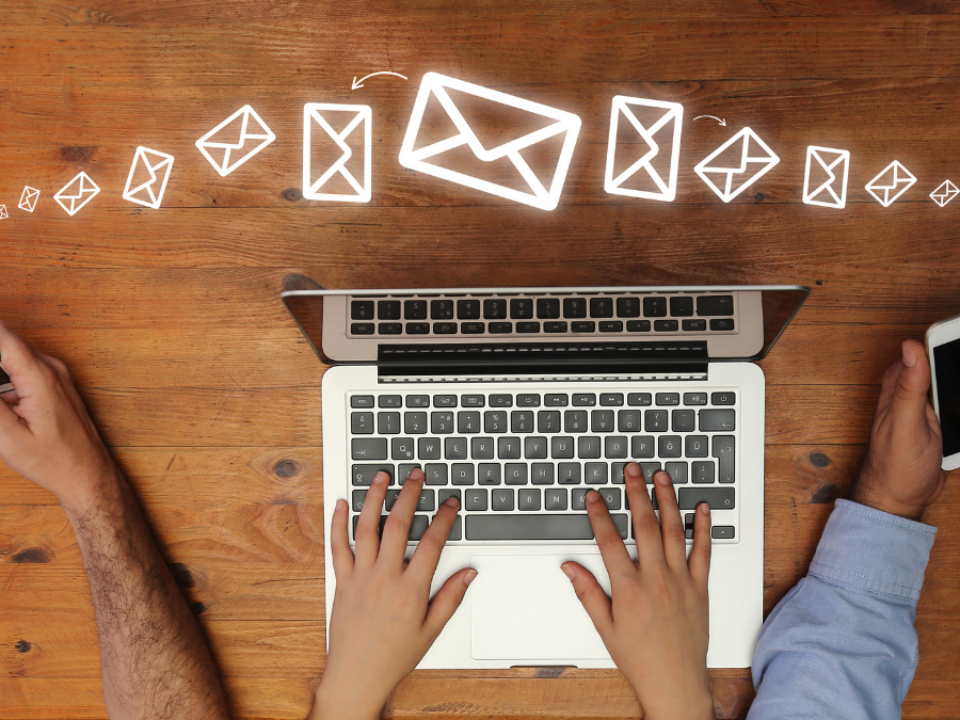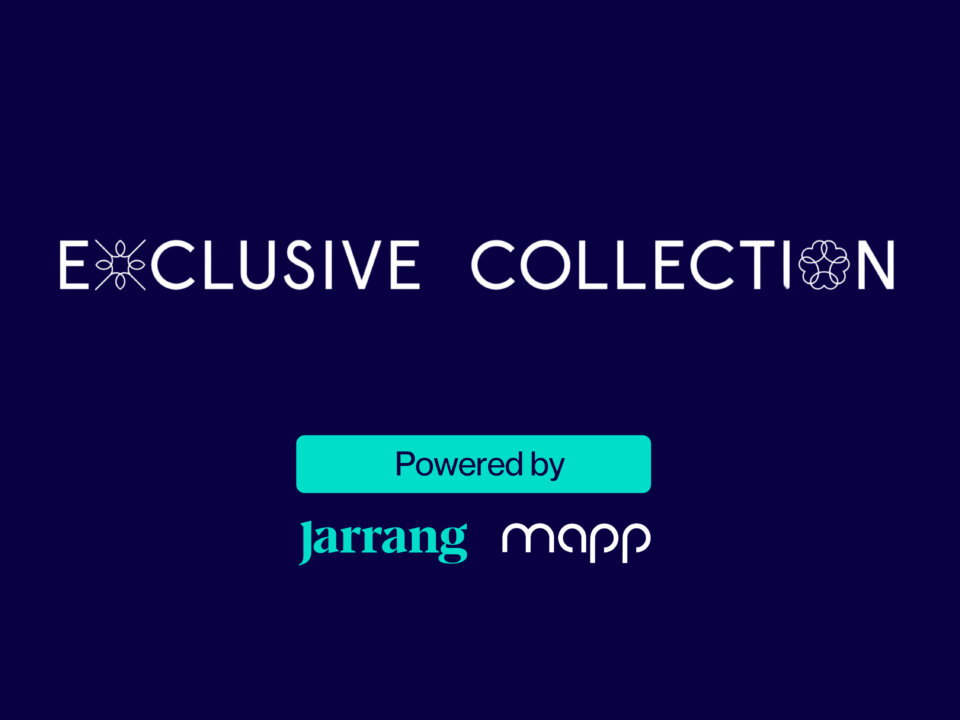Customer loyalty is the foundation of sustainable growth. Retaining existing customers is significantly more cost-effective than acquiring new ones, a fact proven time and again across industries. According to HashGrowth, customer retention not only reduces marketing spend but also boosts overall lifetime value.
Yet many businesses still focus their efforts on acquisition over retention. For brands in ecommerce, B2B, and small business, true loyalty goes beyond repeat purchases, it’s about building relationships that turn customers into advocates.
Mapp’s research highlights how data-driven personalisation and consistent engagement through owned channels like email, SEO, and organic social can be key drivers of loyalty and retention.
So how do you encourage customers to stay, spend, and spread the word? Here are three proven strategies to improve customer loyalty that you can start applying right away.
1. Personalisation and Segmentation That Feels Human
Customers increasingly expect businesses to know them, not in a creepy way, but in a way that makes every interaction feel relevant. The days of blasting the same newsletter to every subscriber are long gone.
According to Mapp’s guide to advanced customer segmentation, brands that use data-driven personalisation and automation see stronger engagement and longer-lasting relationships. One of the most effective approaches is RFM segmentation (Recency, Frequency, Monetary), which takes much of the guesswork out of understanding customer behaviour.
So, what does this look like in practice? Start by segmenting your audience not just by demographics, but by behaviour, for example, frequent buyers, one-time purchasers, dormant customers, or those who engage with specific product categories. Then, tailor your communications to these groups.
An ecommerce brand might showcase new arrivals in a category someone has browsed repeatedly, while a B2B company could share case studies or resources that align with a client’s interests and challenges.
Done well, this kind of personalisation makes customers feel seen and valued. Instead of being “one of many,” they experience your brand as speaking directly to them.
2. Reward Loyalty Without Relying on Discounts
Discounts are quick wins, but they’re not a loyalty strategy. In fact, Merkle’s 2024 Loyalty Barometer Report shows that today’s consumers expect more than transactional savings, they want recognition, exclusivity, and rewards that mean something.
Smart brands think beyond constant couponing. Tiered programmes, for example, give customers a sense of progression and status, with perks that grow as loyalty deepens. Experiential rewards, like early access to products, invitations to events, or exclusive content, deliver value without slashing margins. Even small “surprise and delight” gestures, such as a thank-you gift after a year with your brand, can leave a lasting impression.
The aim is to reward customers in ways that strengthen emotional connection, not just price sensitivity. A customer who feels recognised and appreciated will stick around longer than one who only returns for the next discount code.
3. Service That Builds Trust at Every Touchpoint
No loyalty strategy can survive poor service. The SAP Emarsys Customer Loyalty Index 2024 found that over half of consumers cited bad experiences as their main reason for switching brands. On the flip side, handling issues well can actually deepen loyalty: studies into the “service recovery paradox” show that customers often become more committed to a brand when problems are resolved quickly and effectively.
Improving service doesn’t necessarily mean huge investments in new technology, it means being consistent, proactive, and responsive. Let customers contact you in the way that suits them, whether that’s email, chat, or phone, and ensure those channels are joined up.
Proactively flag delays or issues before customers have to chase you. And most importantly, empowering your frontline staff to solve problems without bureaucracy, a small refund, a replacement, or a simple apology can often save a customer relationship.
When service makes customers feel cared for and respected, trust grows, and with trust comes long-term loyalty.
Bringing It All Together
Personalisation shows customers you know them. Rewards prove you value them. Service makes them trust you. Together, these three elements form a simple but powerful framework for building loyalty in any business.
Loyal customers aren’t just repeat buyers, they’re brand advocates who spend more, stay longer, and recommend you to others. In a marketplace where customer attention is fleeting, loyalty is your strongest competitive edge.
Next Steps
At Jarrang, we help businesses turn these strategies into action through smarter segmentation, lifecycle campaigns, and loyalty-building programmes tailored to your audience. If you’d like to improve your customer retention and make loyalty a key driver of growth, get in touch with Jarrang today.
Subscribe to our insights newsletter
Be the first to know what's trending in email and CRM.
Share this story
Related insights

Article 5 min read


